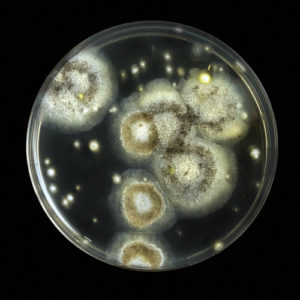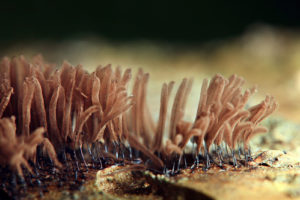What Color Can Mold Be? Is It Always Black?

Unsure of What Mold Lurks in Your Office?
Do you know what color mold is? If your answer is “black,” you’re only partially correct. While black mold gets most of the attention, mold comes in thousands of varieties and a wide range of colors.
Here’s an overview of the most commonly found types of mold and their colors. Experts agree that regardless of the color, interior mold growth should be treated with professional mold remediation.
Greenish-Black
Stachbotrys, the scientific name for black mold, is more accurately described as greenish-black. This species feeds on high-cellulose, low-nitrogen materials, such as drywall or paper, that have a constant source of moisture from flooding, leaks or humidity.
Yellow, Green or Black
These colors are often a sign of Aspergillus, a mold that’s frequently found both indoors and outdoors. Since this mold is so widespread, you inhale the spores nearly every day without ill effects. Aspergillus can cause a serious illness called Chronic Pulmonary Aspergillosis in people with preexisting lung problems or compromised immune systems.
Blue, Green or White
Lighter colors are usually associated with Penicillum, which is often found on food. Penicillum was the genesis for the discovery of the penicillin antibiotic.
Black or Grey
Black or grey Alternaria is generally found outdoors around damp soil and plants. However, one study found Alternaria in more than 90 percent of the household dust samples that were tested.
Need Mold Treatment in Your NYC or Northern NJ Home?
Traditional mold remediation is no longer the standard treatment. We use an eco-friendly two-step process that can usually be completed in one day, and without any structural damage. Contact Stern Mold today to schedule your free mold inspection.


